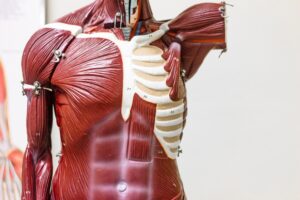
Rare Genetic Syndromes and Their Impact on Child Development
Parenting is a journey filled with wonder, joy, and the occasional curveball. When a child is diagnosed with a rare genetic syndrome, that journey can take an unexpected turn. Suddenly, you’re navigating unfamiliar medical terminology, searching for answers, and doing everything you can to support your child’s unique needs. We guide parents facing this challenging […]










